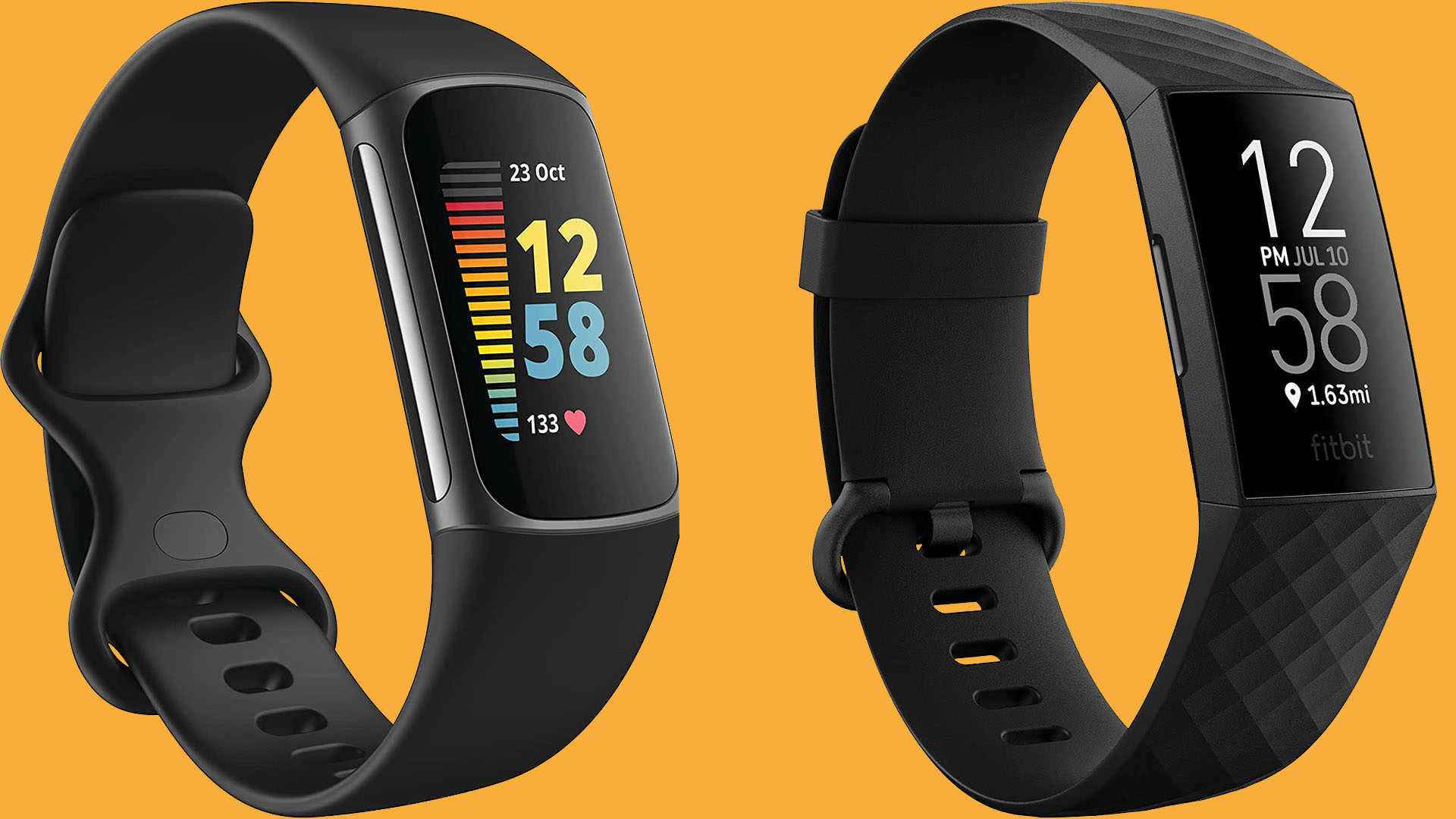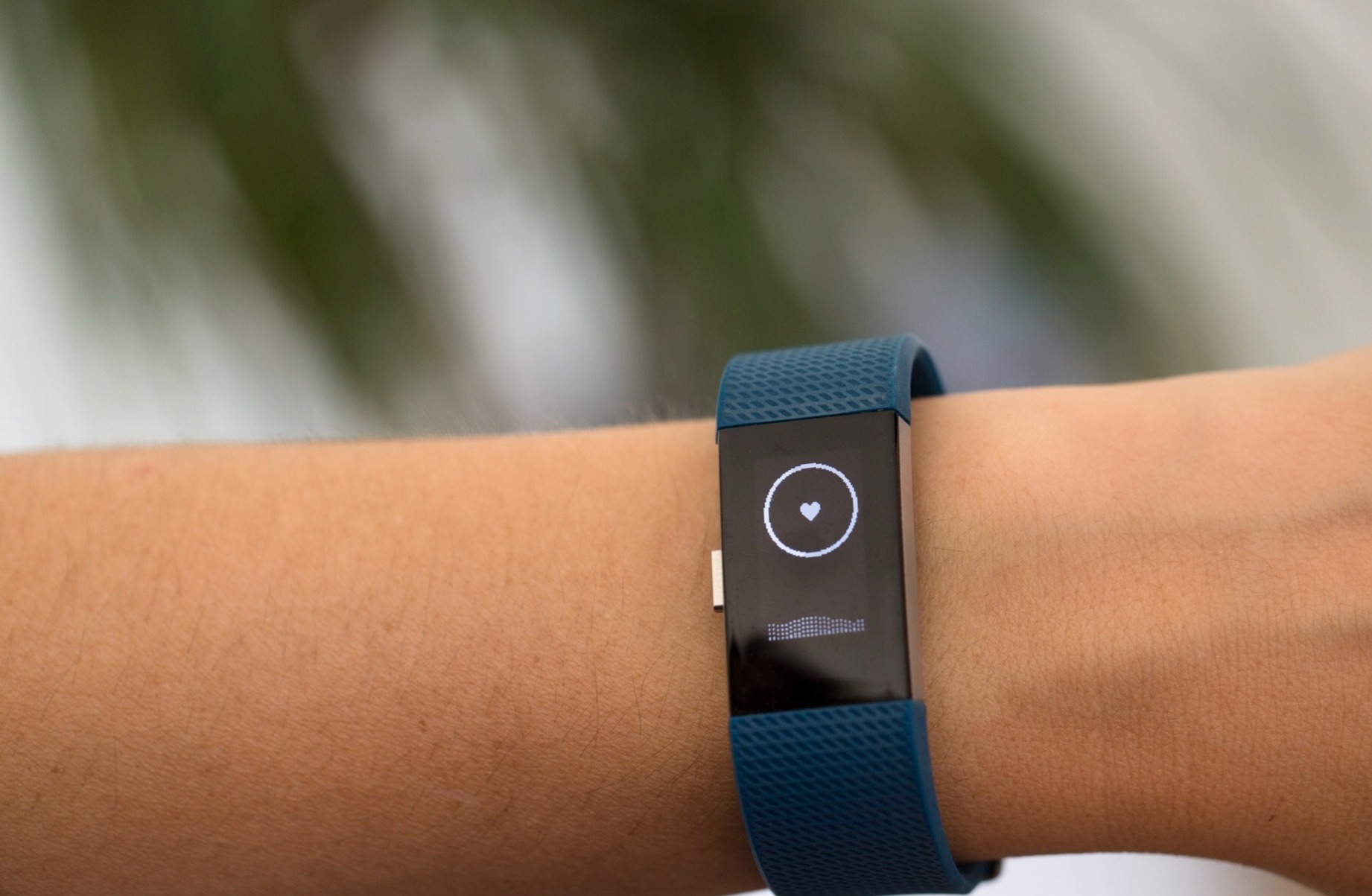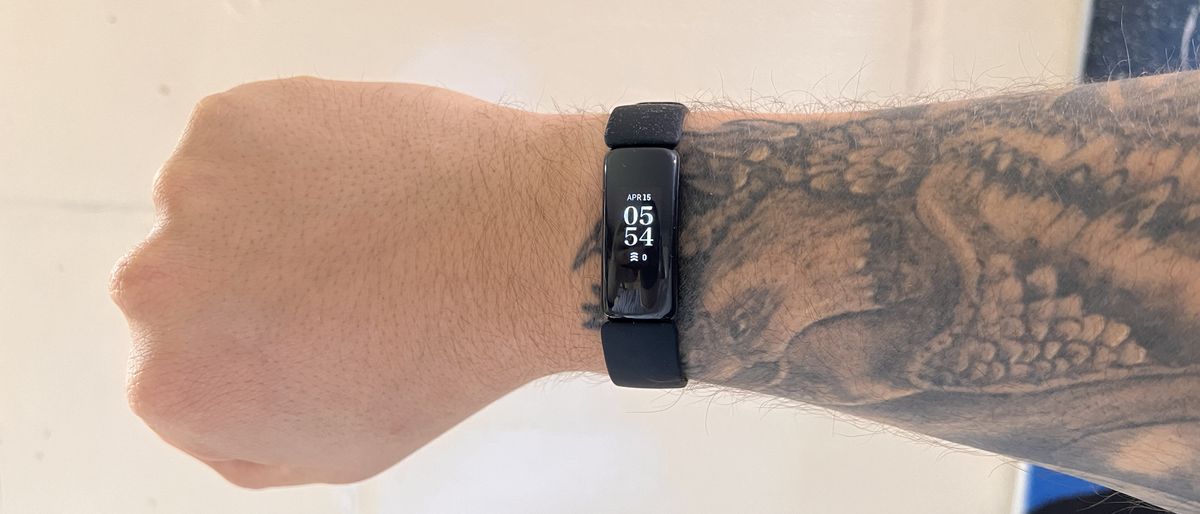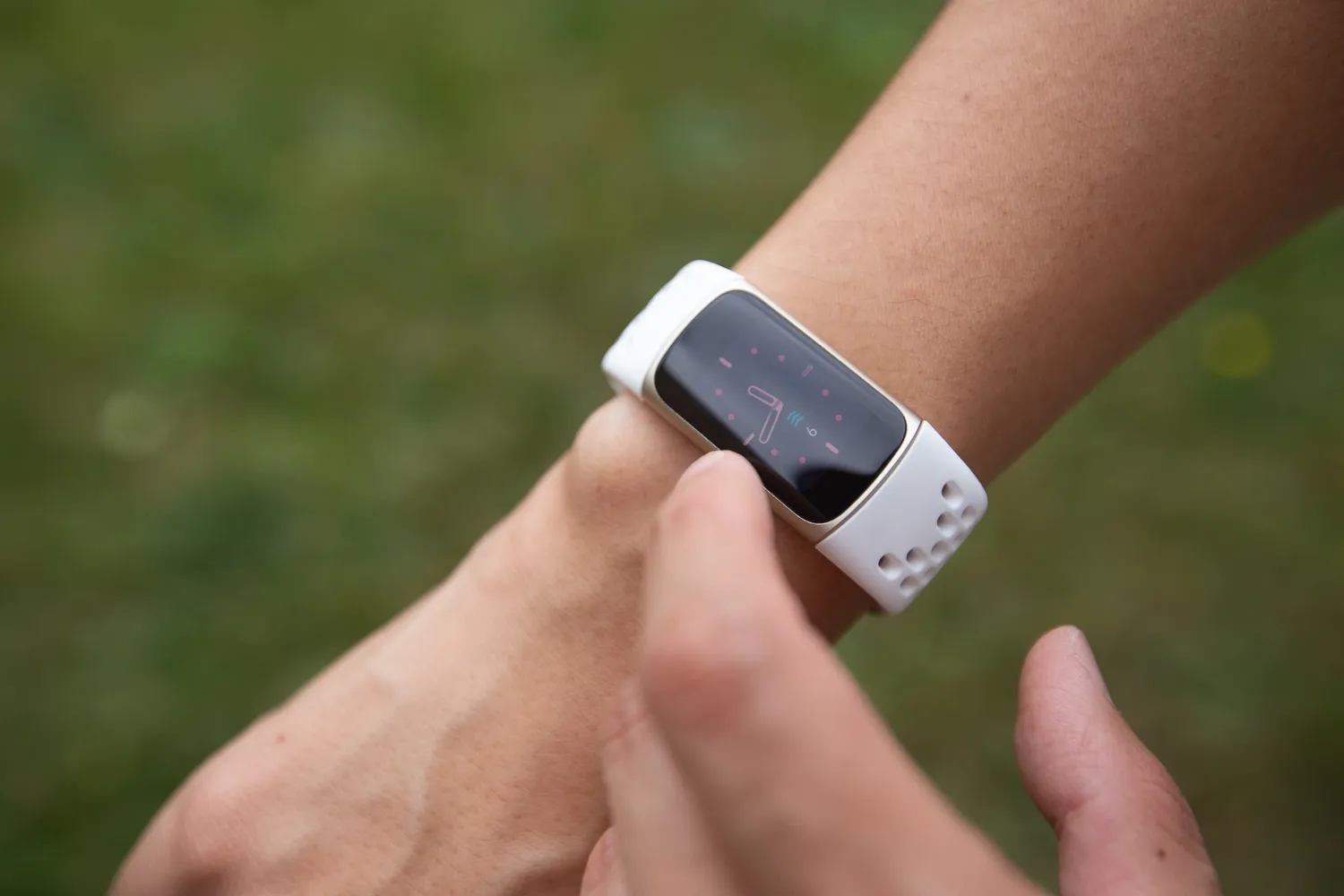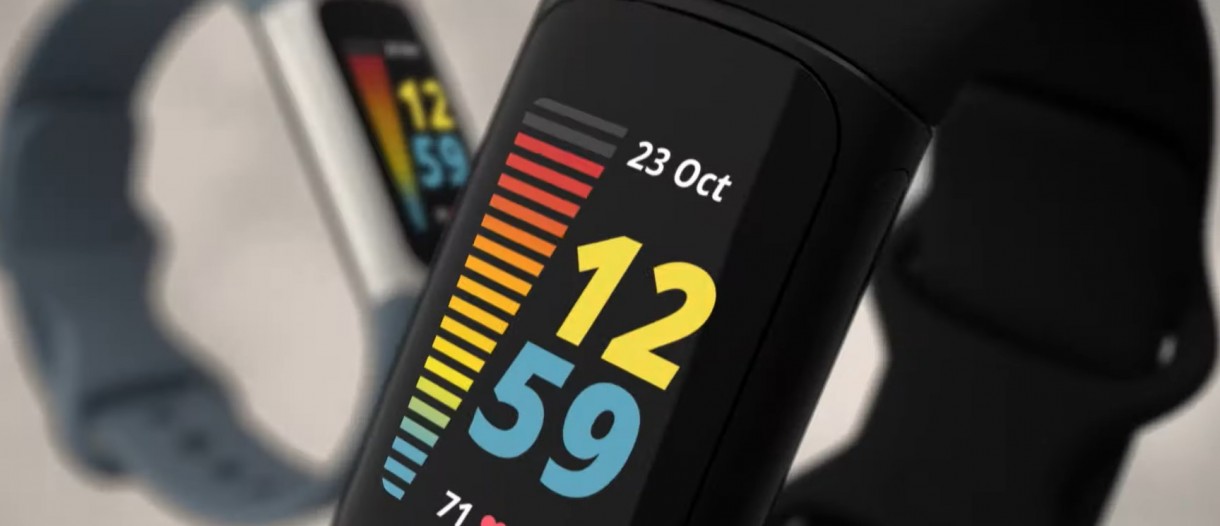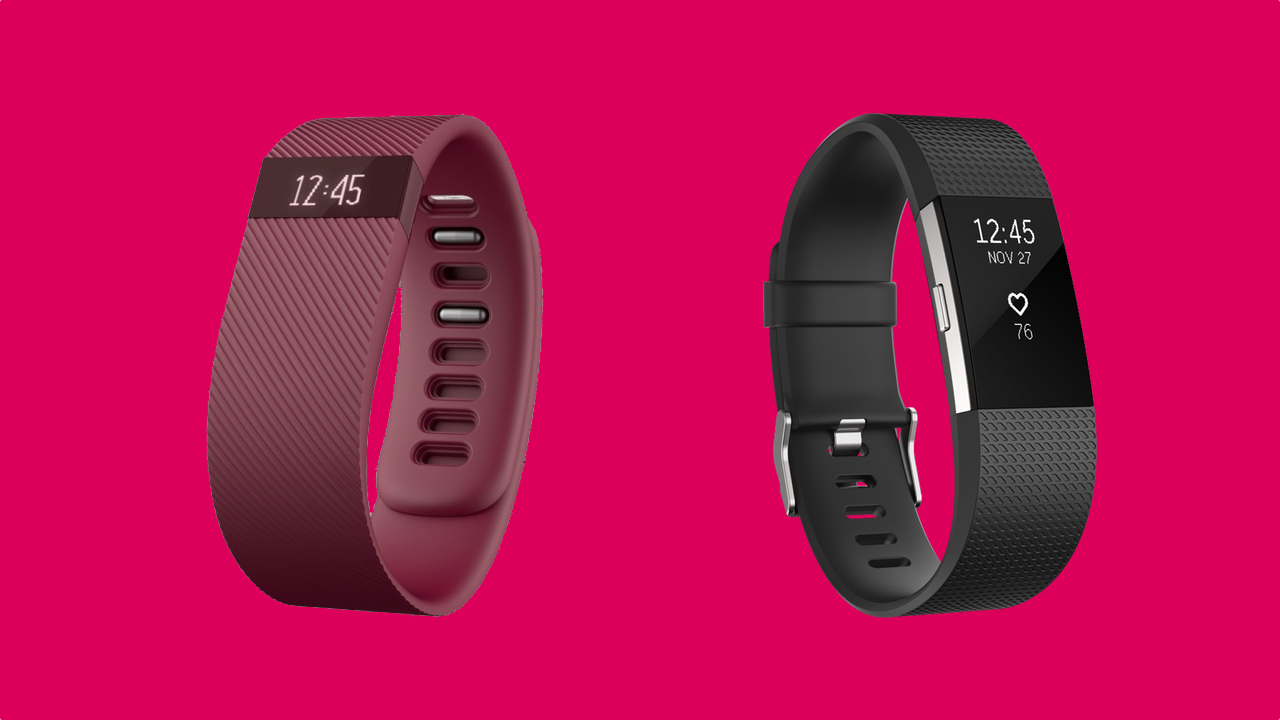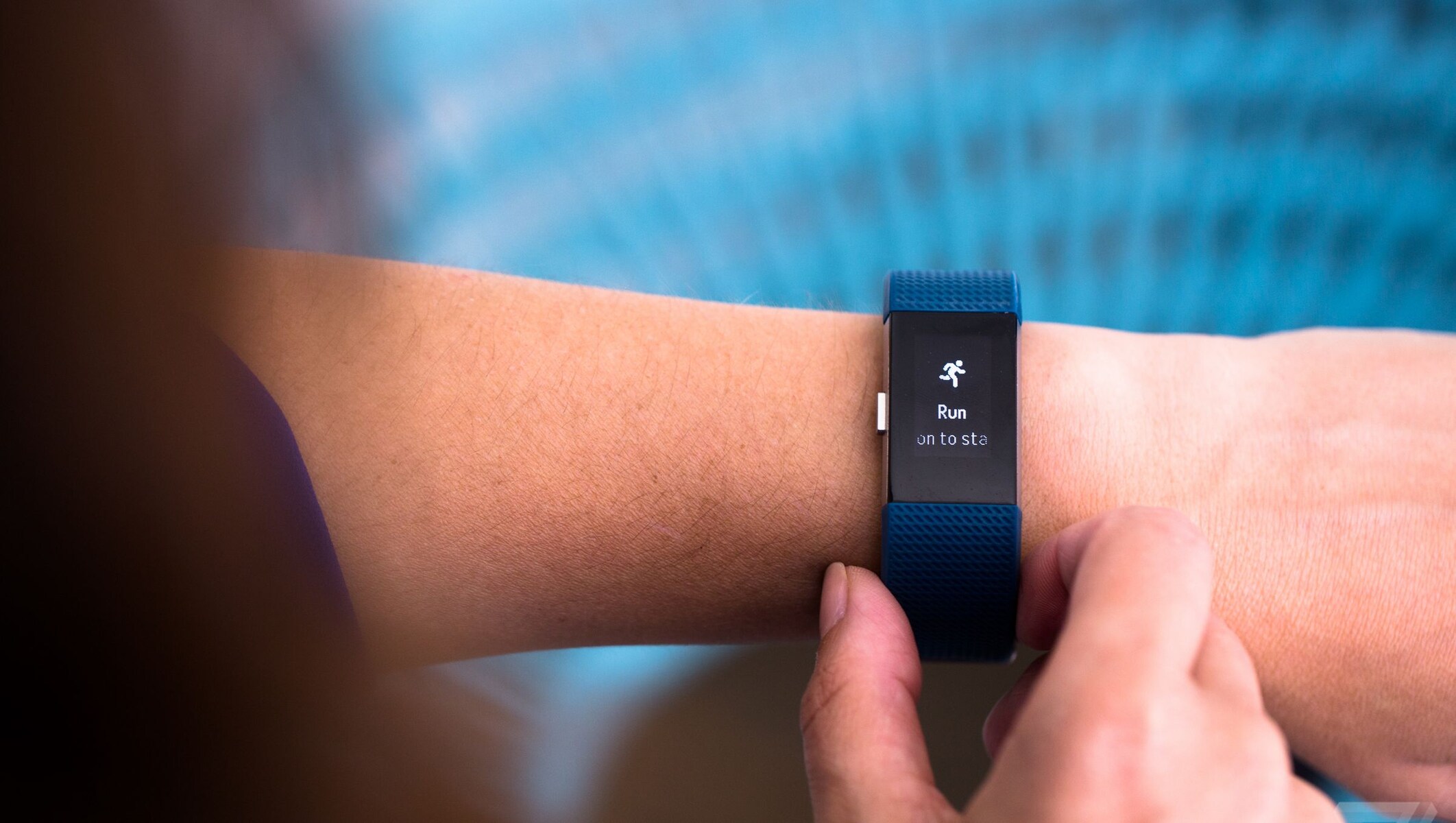Introduction
The Fitbit Charge 2 is a remarkable wearable device that has garnered widespread popularity for its advanced heart rate tracking capabilities. As more individuals embrace a proactive approach to their health and fitness, the demand for accurate and reliable heart rate monitoring has escalated. The Fitbit Charge 2 has emerged as a frontrunner in meeting this need, offering users a comprehensive insight into their cardiovascular activity throughout the day.
The ability of the Fitbit Charge 2 to monitor heart rate serves as a valuable tool for individuals striving to achieve their fitness goals, manage stress levels, and gain a deeper understanding of their overall health. By providing continuous and real-time heart rate data, this wearable device empowers users to make informed decisions about their physical activity, rest periods, and overall well-being.
Understanding the intricacies of how the Fitbit Charge 2 tracks heart rate is pivotal in harnessing the full potential of this device. From the optical heart rate sensor to the innovative PurePulse technology, the mechanisms employed by the Fitbit Charge 2 to capture heart rate data are both sophisticated and user-friendly. Furthermore, recognizing the factors that can influence heart rate tracking, such as skin tone, physical exertion, and environmental conditions, is essential in optimizing the accuracy of the recorded data.
In this article, we will delve into the intricacies of heart rate tracking with the Fitbit Charge 2, explore the factors that can impact its accuracy, and provide valuable tips for ensuring precise heart rate monitoring. By gaining a deeper understanding of how the Fitbit Charge 2 captures heart rate data, users can maximize the benefits of this innovative wearable device and embark on a journey towards improved fitness and well-being.
How Fitbit Charge 2 Tracks Heart Rate
The Fitbit Charge 2 employs cutting-edge technology to monitor heart rate, providing users with valuable insights into their cardiovascular activity. At the core of this functionality lies the optical heart rate sensor, a key component that enables the device to continuously track heart rate throughout the day. This sensor operates by emitting and detecting light that penetrates the skin, ultimately capturing the subtle changes in blood volume. By analyzing these fluctuations, the Fitbit Charge 2 can accurately determine the user's heart rate in real-time.
One of the standout features of the Fitbit Charge 2 is its utilization of PurePulse technology, which enhances the accuracy and efficiency of heart rate tracking. This innovative technology leverages the optical heart rate sensor to capture precise heart rate data, whether during moments of rest or periods of intense physical activity. The seamless integration of PurePulse technology ensures that users receive reliable and consistent heart rate measurements, empowering them to make informed decisions about their fitness routines and overall well-being.
Furthermore, the Fitbit Charge 2 is adept at recognizing various levels of physical exertion, thanks to its dynamic heart rate tracking capabilities. Whether engaging in a brisk walk, an invigorating workout, or a tranquil yoga session, the device adeptly adapts to the user's activity intensity, providing accurate heart rate data tailored to the specific exercise context. This adaptability is pivotal in offering users a comprehensive overview of their cardiovascular performance across diverse activities and exertion levels.
In addition to its real-time heart rate monitoring, the Fitbit Charge 2 excels in delivering comprehensive heart rate data analysis. Through the Fitbit app and dashboard, users can gain valuable insights into their resting heart rate, heart rate zones, and cardio fitness level. This in-depth analysis enables users to track their progress, identify trends, and adjust their fitness strategies, thereby optimizing their overall health and performance.
In essence, the Fitbit Charge 2's heart rate tracking capabilities are underpinned by a fusion of advanced sensor technology, PurePulse innovation, and dynamic activity recognition. This amalgamation of features equips users with a holistic understanding of their heart rate patterns, empowering them to make informed decisions about their fitness routines, stress management, and overall well-being. By harnessing the sophisticated heart rate tracking mechanisms of the Fitbit Charge 2, users can embark on a journey towards enhanced fitness, vitality, and holistic health.
Factors Affecting Heart Rate Tracking
Several factors can influence the accuracy and reliability of heart rate tracking with the Fitbit Charge 2. Understanding these variables is crucial in optimizing the precision of heart rate data and harnessing the full potential of this innovative wearable device.
-
Skin Tone: The pigmentation of an individual's skin can impact the performance of optical heart rate sensors. Darker skin tones may absorb more light, potentially affecting the sensor's ability to accurately detect blood volume changes. Fitbit continues to refine its sensor technology to ensure reliable heart rate tracking across diverse skin tones, but users with darker skin may experience variations in accuracy.
-
Physical Exertion: The intensity of physical activity can influence heart rate tracking. During vigorous exercise, the heart rate naturally increases, and the optical heart rate sensor must effectively capture these rapid fluctuations. Fitbit recommends wearing the device slightly higher on the wrist during intense workouts to enhance the accuracy of heart rate monitoring.
-
Environmental Conditions: Environmental factors, such as temperature and humidity, can impact the performance of optical heart rate sensors. Extreme temperatures or excessive sweat can affect the skin's surface, potentially influencing the sensor's ability to detect blood volume changes. Ensuring the sensor remains in close contact with the skin and minimizing environmental interference can help maintain accurate heart rate tracking.
-
Wrist Movement: Excessive wrist movement during physical activity can introduce challenges in heart rate tracking. The Fitbit Charge 2 relies on consistent skin contact for precise monitoring, and excessive wrist motion may disrupt the sensor's ability to capture accurate heart rate data. Minimizing erratic wrist movements during workouts can contribute to more reliable heart rate tracking.
-
Fitbit Charge 2 Positioning: Proper positioning of the Fitbit Charge 2 on the wrist is essential for accurate heart rate tracking. Ensuring a snug yet comfortable fit and aligning the device with the underside of the wrist can optimize the sensor's performance. Additionally, adjusting the tightness of the band to maintain consistent skin contact is pivotal in enhancing heart rate monitoring accuracy.
By recognizing and addressing these influencing factors, users can optimize the accuracy of heart rate tracking with the Fitbit Charge 2, thereby maximizing the value of the device's advanced heart rate monitoring capabilities. Understanding the interplay between these variables empowers users to leverage the full potential of the Fitbit Charge 2, gaining valuable insights into their cardiovascular activity and overall well-being.
Tips for Accurate Heart Rate Tracking
Achieving precise and reliable heart rate tracking with the Fitbit Charge 2 entails a thoughtful approach and adherence to best practices. By implementing the following tips, users can optimize the accuracy of their heart rate monitoring, ensuring that they derive maximum benefit from this advanced wearable device.
-
Optimal Device Positioning: Proper positioning of the Fitbit Charge 2 on the wrist is fundamental to accurate heart rate tracking. Ensuring that the device is snug yet comfortable and positioned on the underside of the wrist promotes consistent skin contact, enhancing the performance of the optical heart rate sensor.
-
Secure Wristband Fit: Maintaining an appropriately snug fit of the wristband is crucial for reliable heart rate monitoring. Users should adjust the tightness of the band to uphold consistent skin contact, minimizing the potential for erratic heart rate data caused by a loose or overly tight fit.
-
Minimize Wrist Movement: Excessive wrist movement during physical activity can pose challenges to accurate heart rate tracking. Users are advised to minimize erratic wrist motions during workouts, as this can disrupt the sensor's ability to capture precise heart rate data.
-
Enhanced Contact During Workouts: For intense workouts, wearing the Fitbit Charge 2 slightly higher on the wrist can optimize the accuracy of heart rate monitoring. This positioning facilitates improved sensor contact with the skin, ensuring reliable heart rate tracking during periods of elevated physical exertion.
-
Environmental Considerations: Environmental factors, such as temperature and humidity, can impact heart rate tracking. Users should strive to maintain the sensor in close contact with the skin, particularly in extreme conditions, to mitigate potential interference and uphold accurate heart rate monitoring.
-
Regular Sensor Cleaning: Keeping the optical heart rate sensor clean and free from debris is essential for consistent performance. Periodic cleaning of the sensor with a gentle, non-abrasive cloth can help maintain its effectiveness in capturing accurate heart rate data.
-
Stay Informed: Remaining informed about the latest firmware updates and technological advancements from Fitbit ensures that users benefit from ongoing improvements in heart rate tracking accuracy. Regularly updating the device and associated apps can enhance the overall reliability of heart rate monitoring.
By incorporating these tips into their usage of the Fitbit Charge 2, users can elevate the accuracy of their heart rate tracking, thereby maximizing the value of this innovative wearable device. Adhering to these best practices empowers individuals to make informed decisions about their fitness routines, stress management, and overall well-being, ultimately fostering a proactive approach to health and vitality.
Conclusion
In conclusion, the Fitbit Charge 2 stands as a beacon of innovation in the realm of heart rate tracking, offering users a seamless and insightful journey into their cardiovascular activity. By harnessing advanced sensor technology and PurePulse innovation, the device provides continuous and real-time heart rate monitoring, empowering individuals to make informed decisions about their fitness routines, stress management, and overall well-being.
Understanding the intricacies of how the Fitbit Charge 2 tracks heart rate is pivotal in unlocking the full potential of this wearable device. From the optical heart rate sensor's ability to capture subtle changes in blood volume to the dynamic recognition of physical exertion, the Fitbit Charge 2 adeptly adapts to diverse activity contexts, delivering accurate and reliable heart rate data.
Moreover, recognizing the factors that can influence heart rate tracking, such as skin tone, physical exertion, and environmental conditions, is essential in optimizing the accuracy of recorded data. By addressing these variables and adhering to best practices, users can elevate the precision of their heart rate monitoring, thereby maximizing the value of the Fitbit Charge 2 in their pursuit of improved fitness and holistic health.
As individuals embark on their fitness journeys, the Fitbit Charge 2 serves as a steadfast companion, providing comprehensive heart rate data analysis through the Fitbit app and dashboard. This in-depth analysis enables users to track their progress, identify trends, and adjust their fitness strategies, ultimately fostering a proactive approach to health and vitality.
In essence, the Fitbit Charge 2 transcends the conventional boundaries of heart rate tracking, offering users an immersive and empowering experience. By integrating advanced sensor technology, PurePulse innovation, and dynamic activity recognition, the device equips individuals with a comprehensive understanding of their heart rate patterns, enabling them to make informed decisions about their fitness routines, stress management, and overall well-being.
With a commitment to precision, reliability, and user-centric design, the Fitbit Charge 2 emerges as a trailblazer in the realm of heart rate tracking, empowering individuals to embrace a proactive and informed approach to their health and fitness. As users harness the sophisticated heart rate tracking mechanisms of the Fitbit Charge 2, they embark on a journey towards enhanced fitness, vitality, and holistic well-being, guided by the invaluable insights gleaned from this innovative wearable device.








